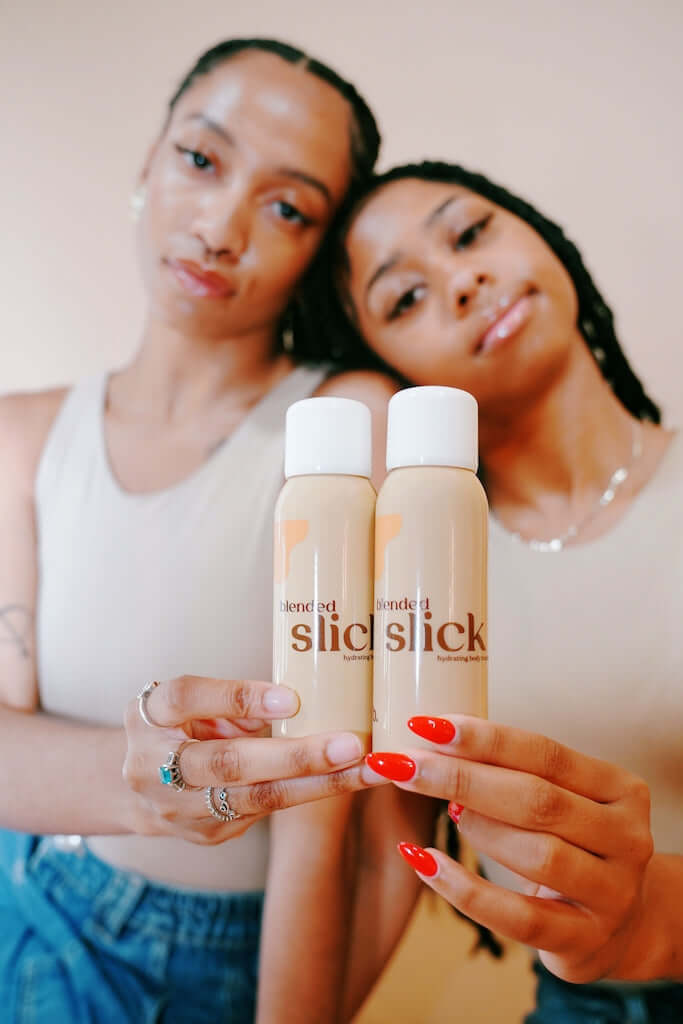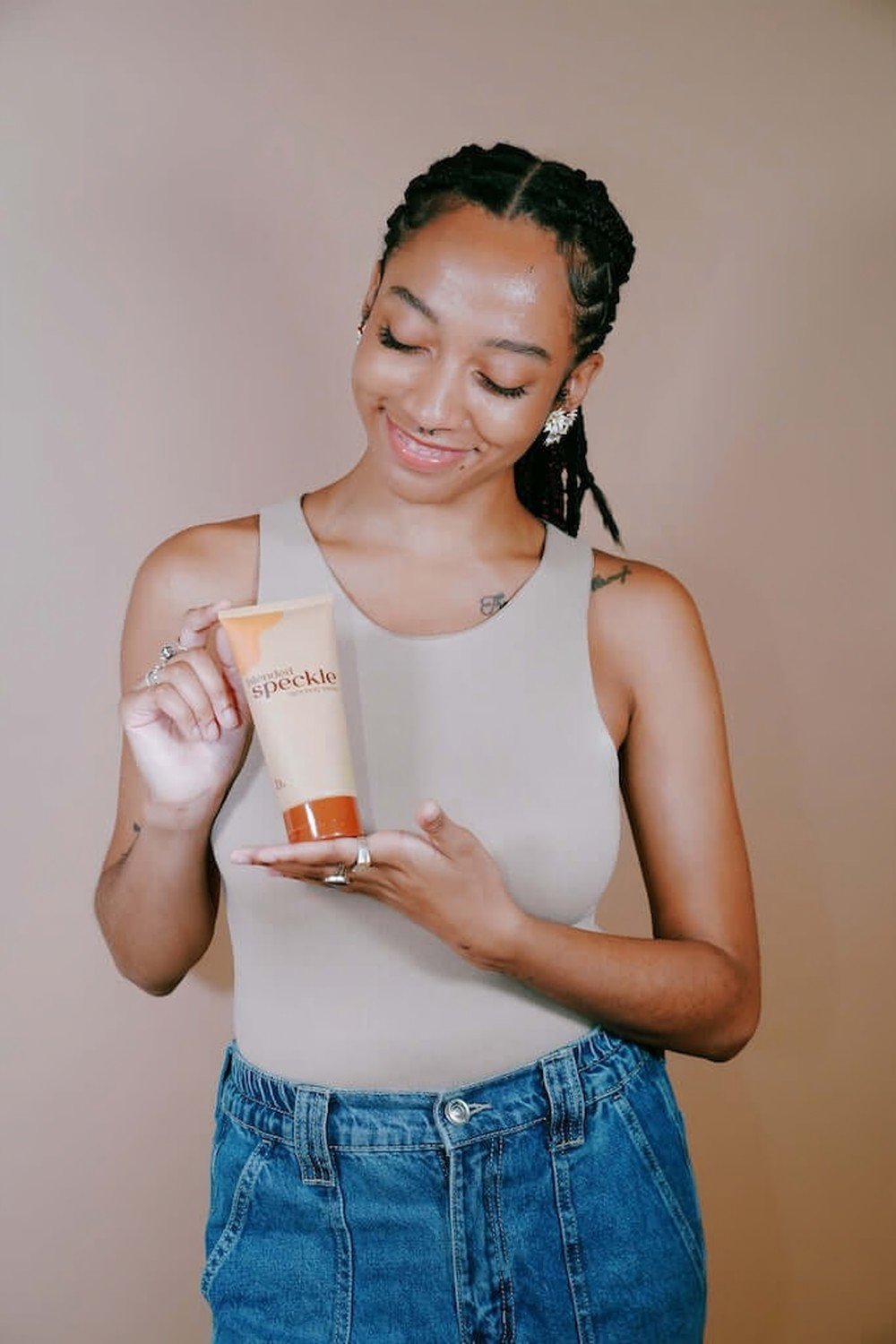objective
to examine the mechanisms behind elevated transepidermal water loss in limb areas and evaluate targeted intervention strategies.
background
transepidermal water loss (tewl) represents the passive diffusion of water vapor through the skin barrier. this process varies significantly across bodi regions, with limb areas showing dramatically elevated loss rates compared to torso regions.
methodology & findings
clinical tewl measurements reveal striking regional differences in water loss rates. arms and legs demonstrate water loss rates up to 75% higher than torso areas under identical environmental conditions.
several anatomical factors contribute to this elevated loss rate. limb skin contains reduced sebaceous gland density compared to torso areas, resulting in lower natural oil production for barrier protection.
the structural composition of limb skin differs from torso skin, with variations in stratum corneum organization and lipid content that affect barrier integrity.
environmental exposure patterns also contribute significantly. limb areas experience greater air circulation and temperature fluctuations compared to clothed torso areas.
barrier function analysis
elevated tewl in limb areas indicates compromised barrier function compared to torso skin. this compromise results from both structural differences and environmental challenges.
the reduced natural moisturizing factor content in limb skin further contributes to barrier weakness. these naturally occurring humectants help maintain stratum corneum hydration and barrier integrity.
mechanical stress from movement and clothing friction creates additional barrier disruption in limb areas, contributing to accelerated water loss.
intervention strategies
addressing elevated limb tewl requires targeted approaches that acknowledge these regional differences. speckle spot body butter and slick hydrating body treatment create regional-specific moisture barriers designed to combat accelerated water loss.
the formulations contain occlusive ingredients specifically selected for limb skin's unique challenges. these ingredients create effective barriers that significantly reduce tewl rates in vulnerable areas.
enhanced lipid content in the formulations helps compensate for reduced natural oil production in limb areas. this supplementation addresses underlying barrier weakness.
application focus areas
concentrate treatment efforts on areas with the highest tewl rates: forearms, shins, calves, and upper arms. these regions show the most dramatic improvement with targeted intervention.
pay particular attention to areas with additional vulnerability factors such as elbows and knees where mechanical stress compounds the inherent tewl elevation.
areas with visible dryness or scaling typically correlate with highest tewl rates and require consistent treatment for barrier restoration.
measurement and monitoring
tewl rates can be assessed indirectly through skin appearance and feel. areas with elevated water loss typically appear dull, feel rough, and may show visible scaling.
improvement in tewl rates manifests as smoother skin texture, improved appearance, and reduced sensation of tightness or discomfort.
seasonal variations in tewl become more pronounced in limb areas. monitor changes in skin condition with environmental shifts and adjust treatment intensity accordingly.
preventive measures
proactive barrier protection proves more effective than reactive treatment for elevated tewl. consistent use of appropriate formulations helps maintain barrier integrity before excessive water loss occurs.
environmental protection through appropriate clothing and humidity control supports barrier function and reduces environmental stress on vulnerable limb areas.
conclusion
understanding elevated transepidermal water loss in limb areas explains why arms and legs require specialized care attention. the 75% higher moisture loss rate compared to torso areas necessitates targeted formulations and application strategies. effective limb care requires acknowledging these regional differences and implementing barrier protection specifically designed to address the unique challenges faced by arm and leg skin.


